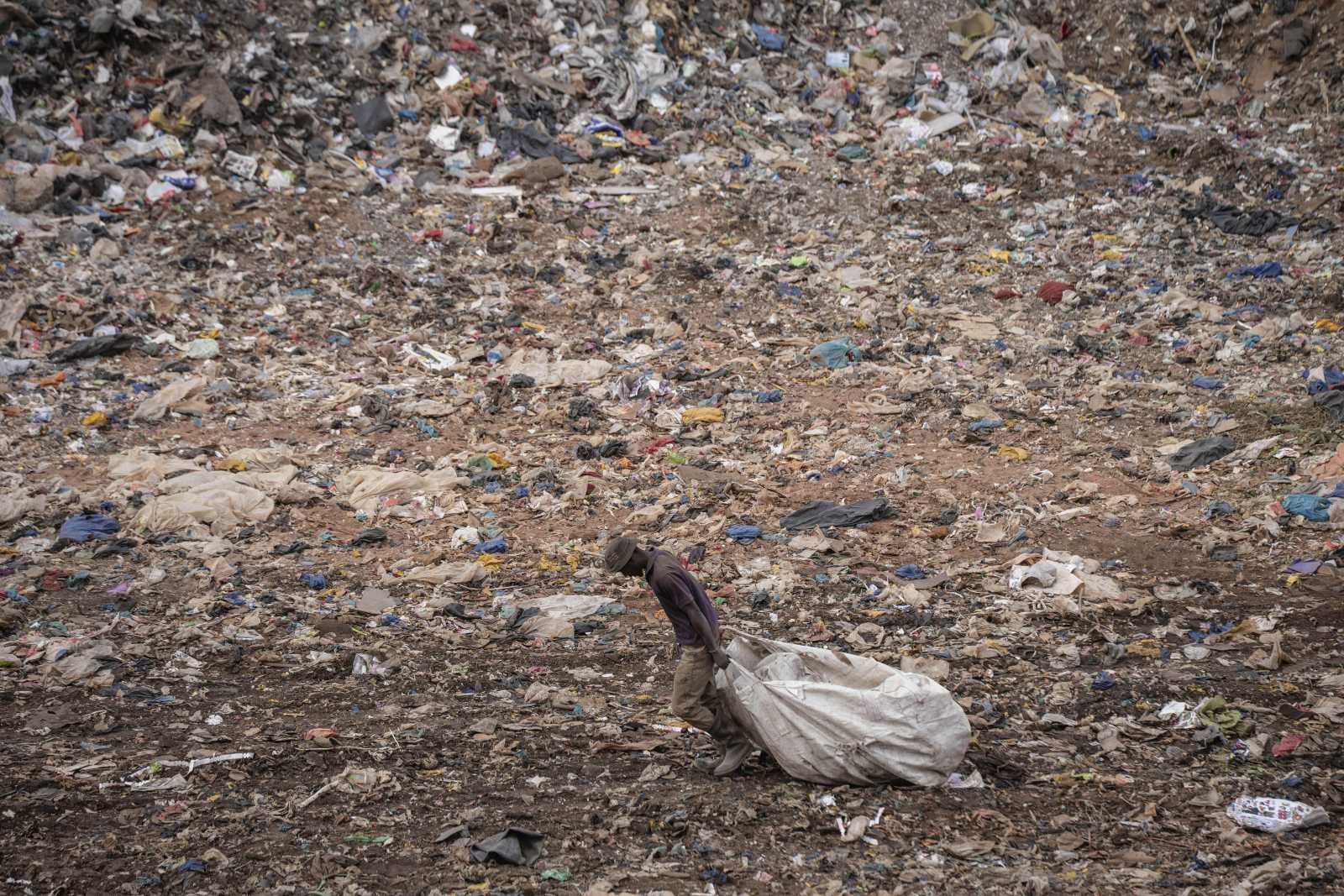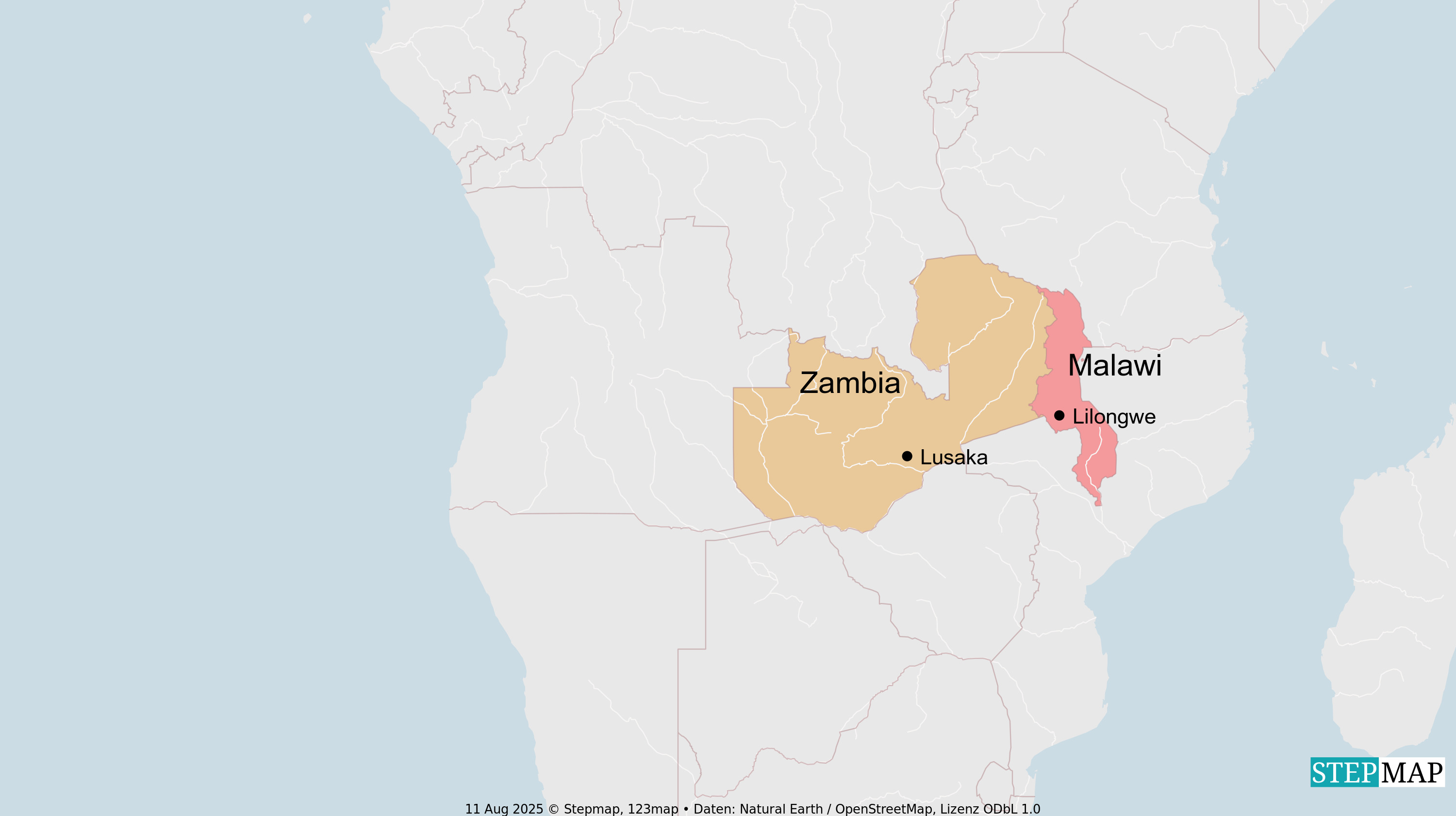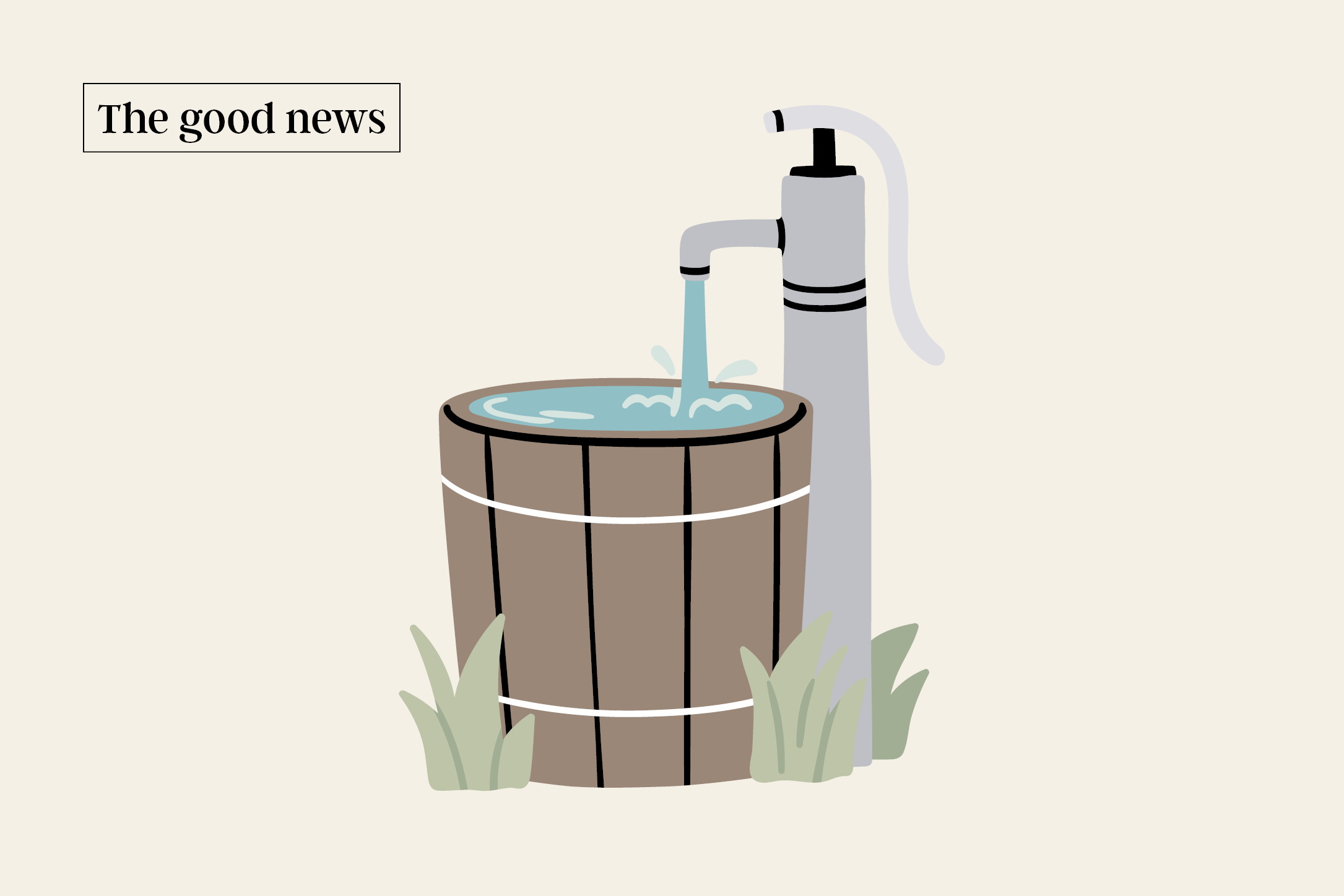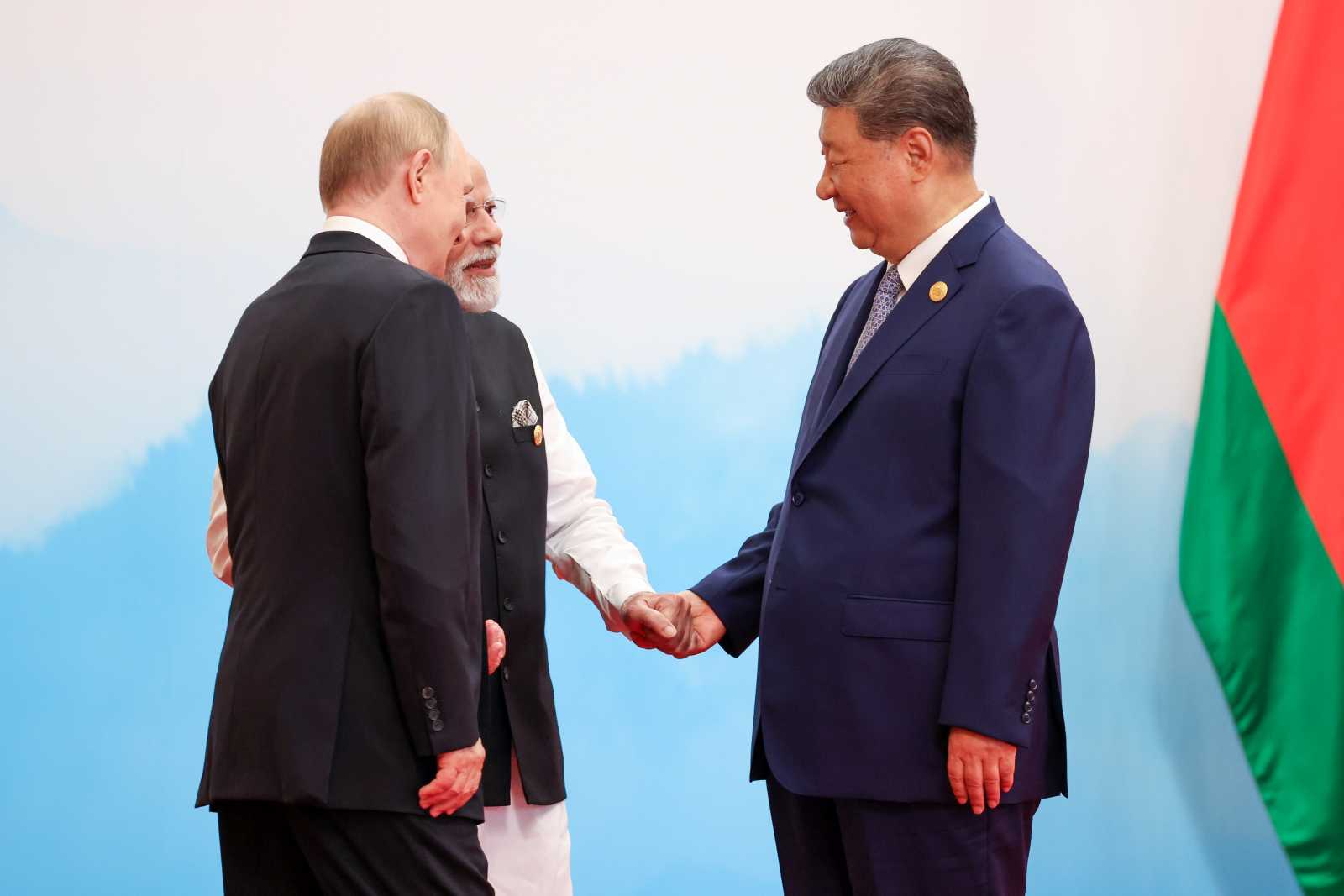Solar power
Solar power from the desert
Interview with Ulrich Hueck
Desertec is trying to promote clean energy in northern Africa. What are we talking about?
We are talking about a crucial source of energy. The potential of solar energy is many times greater in the desert regions of northern Africa and the Middle East than the sum of all renewable energy in central Europe.
Is photovoltaics a better option than large concentrated solar power plants?
It depends. The Desertec Foundation is working towards a large, low-loss power mix that will allow clean electricity to be made from renewable energy right where the best local conditions are. For instance, photovoltaics is especially useful off the grid, and it also helps shave peaks in the afternoon when air-conditioning units are running. In contrast, air-cooled concentrating solar power plants, the mirrors of which must be cleaned with very little water, fit desert locations far from the coast particularly well. We aim to find a good combination of renewable energy sources to ensure power supply and climate protection fast.
Why is it so hard to get clean energy going? Arab countries are still interested in the construction of nuclear plants.
At the end of 2009 – before the Fukushima disaster – the United Arab Emirates ordered four nuclear plants. By 2030, Saudi Arabia plans to build 16 new nuclear plants. Policymakers there are aware of fossil reserves being finite and their countries’ energy consumption rising. They hope that nuclear energy will solve this crucial problem. Desertec’s concept is holistic. We face the challenge of making renewable energy competitive by ensuring that cost, performance and availability are so attractive that pragmatists in these countries will take it seriously. Since October 2011, the Gemasolar CSP plant in Spain has been generating nearly 20 megawatts of power around the clock thanks to sufficient heat storage capacity. A firm from the United Arab Emirates owns shares in this plant. So you see, they are considering alternatives too.
How far do costs have to be brought down?
For concentrated solar power, all estimates are highly speculative because you also have to factor in future price hikes for non-renewable energy, which is subsidised. A study conducted by the Centre for Global Development in December 2008 found that concentrated solar power will need subsidies in the MENA region – the Middle East and North Africa – until 2020 or so in order to compete with electricity from coal and gas on price terms. Hopefully, innovations will speed up things considerably.
Are some countries more promising when it comes to solar energy than others?
The Desertec concept for EU-MENA is based on solar energy being generated in all the countries of northern Africa and the Middle East. Some coastal regions have strong wind almost all the time, so wind farms make sense too. In 2009, Morocco presented a very ambitious plan for solar power, wind power and hydro. A total installed capacity of 6.5 GW is to increase the country’s share of renewable power to 42 % by 2020. Morocco will thus become less dependent on energy imports.
In 2009, you predicted Europe would get its first solar power from the desert in 2017. Are you on schedule?
The exact year does not matter much. What is important is that we make solar power from desert regions so efficiently available that selling excess power becomes interesting in business terms as soon as possible.
Egypt wants to get 20 % of its electricity from renewables by 2020. Is that realistic?
The question is not really whether it is realistic, but rather what needs to be done to reach such an ambitious target.
Did the revolutions in the Arab world change things for you?
They made obvious just how crucially important long-term economic prospects are to the people. One of the main causes of these revolutions was that so many people lack prospects.
How do human rights and the establishment of democracy relate to the technological decisions that Desertec takes?
To the extent that the implementation of Desertec’s holistic concept helps to stabilise the economic situation, the effects will be beneficial in terms of political stability and human rights too.
What competition does Desertec face from France? The industrial consortium Medgrid is currently also planning up to seven undersea cables to Europe. Are Europeans really sitting in the same boat?
Medrig is not a competitor. At the end of November 2011, its representatives signed a partnership agreement with the industry initiative Dii which is behind Desertec. The Desertec Foundation White Paper of February 2009 declared: “In 2050, twenty to forty power lines with 2500 to 5000 MW capacity each could provide about 15 % of the European electricity as clean power from deserts.” So specific planning for such lines is the right approach. We are all sitting in the same boat anyhow, as long as we continue to burn fossil fuels, thus irrevocably discharging Battery Earth and heating up the atmosphere to dangerous levels. As a foundation, we are working to solve these problems.
Questions by Peter Hauff







